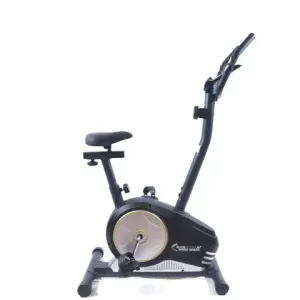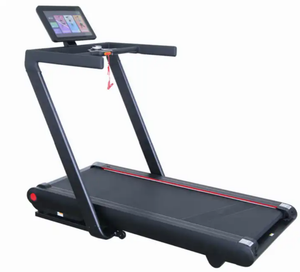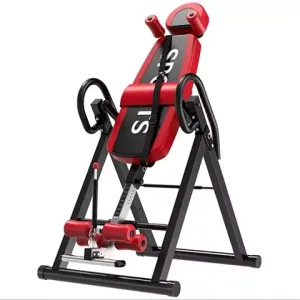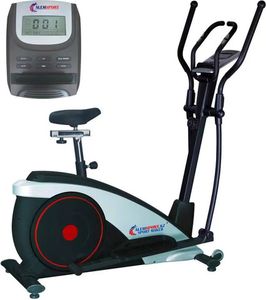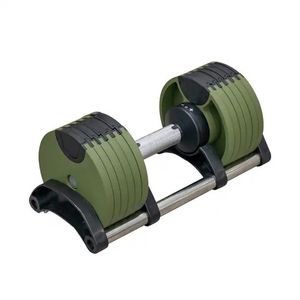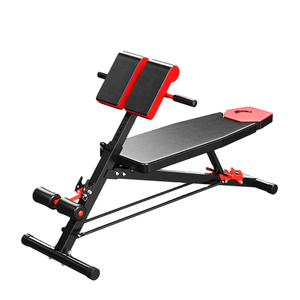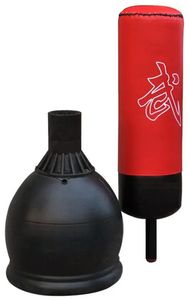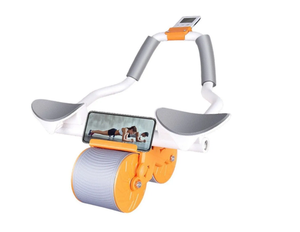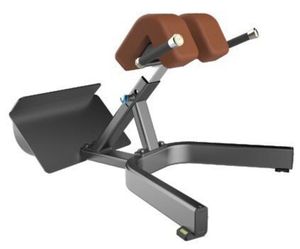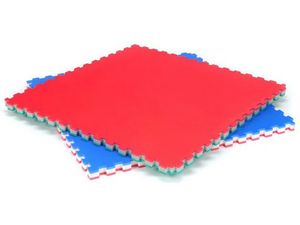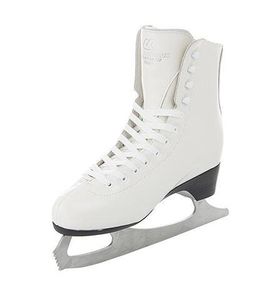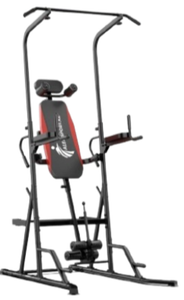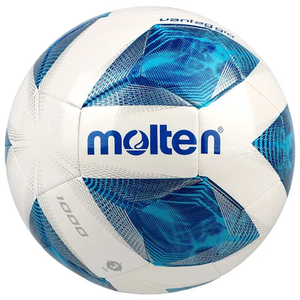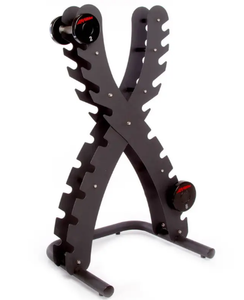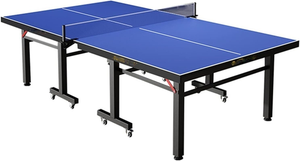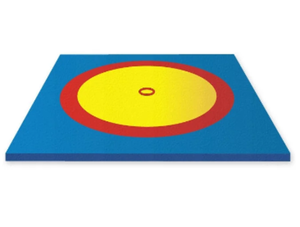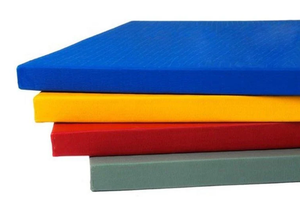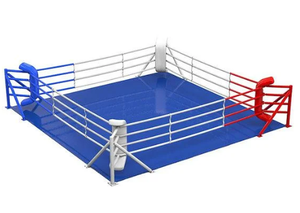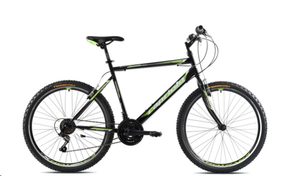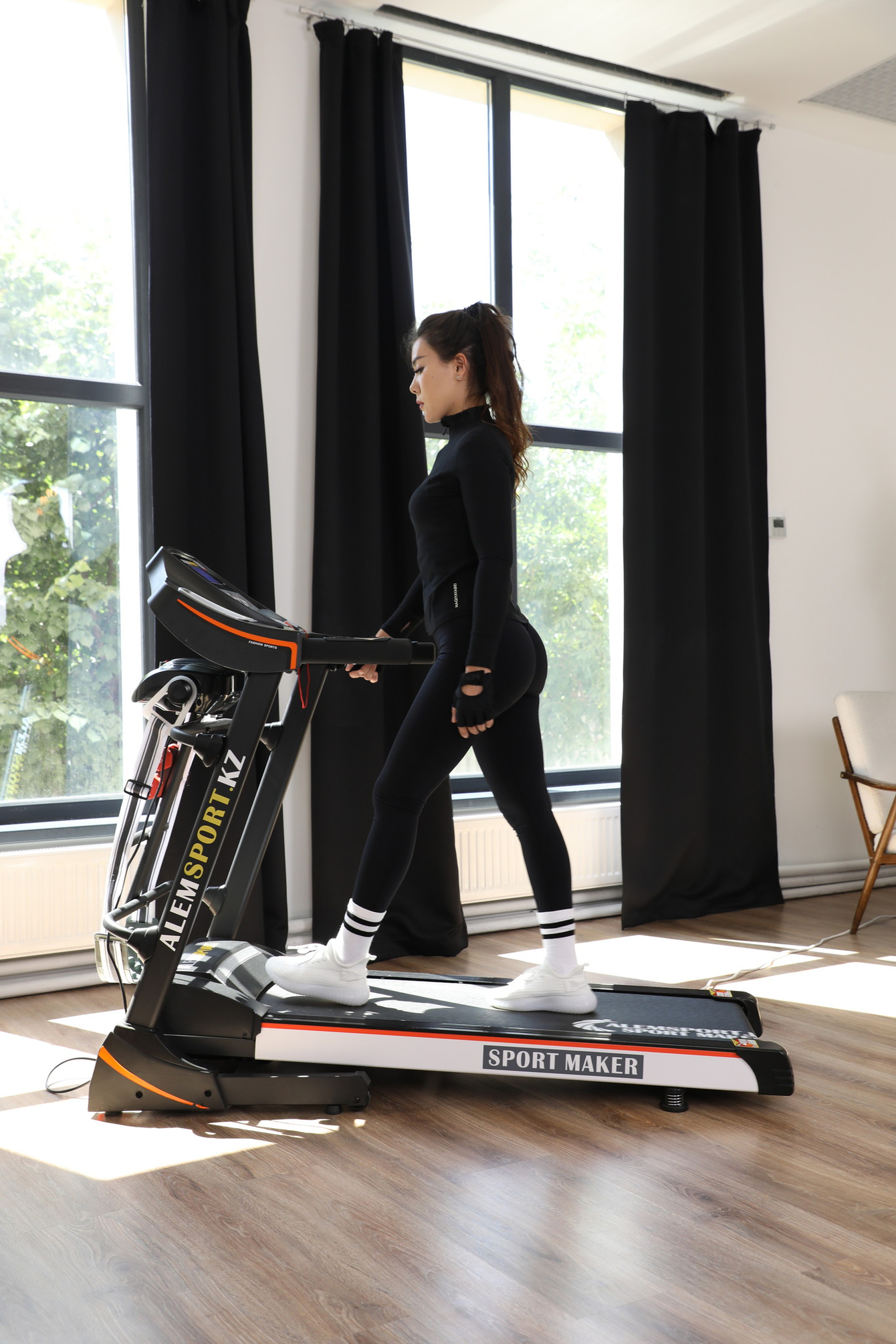The benefits of training on a treadmill
The benefits of running on a treadmill are the same as running outside. This includes training the cardiovascular system, developing endurance, strengthening the body and immunity, relieving stress, and losing excess weight. But a treadmill is still a training device, and it seriously helps in achieving a number of running goals.
Benefits of a treadmill:
The ability to stick to the same pace for the selected time. Ideal for tempo workouts.
Ability to run on smooth, cushioned surfaces. Ideal for preventing injuries and recovering from them.
Possibility of training for running uphill if there are no hills outside.
An opportunity to develop the skill of drinking (and eating) on the run.
Ability to set and maintain intervals without a stadium.
It’s easier to count the cadence, train your breathing, control your technique, and count your pulse manually.
No connection to the weather outside the window or any limiting circumstances.
Types of treadmills. Features, pros and cons of each
Mechanical treadmill
There are conventional (mechanical) and magnetic treadmills.
In both cases, the track operates without an electric drive and moves due to the efforts of the athlete. Models with a magnetic loading mechanism have a smoother ride. With ordinary ones, the canvas sometimes moves jerkily.
This type of treadmill is as close as possible to outdoor running conditions. The speed is set by the athlete himself - there is no need to interact with the monitor, which is very helpful during interval running.
Another plus is that such tracks do not require power. But this option is not suitable for runners with weak legs, people with varicose veins and areas of injury.
Mechanical paths either do not have or have a limited choice of slope angle, and you have to stop to change it. Among the models there are compact options weighing 20 kg, and there are huge ones half a meter long and weighing 200 kg. The range of prices is also huge - from 150,000 to 1,000,000 tenge.
Electric treadmill
It is driven by an electric motor and works with parameters set on the monitor. Allows you to control and maintain the pace, select a preset program, and adjust the inclination angle. There are heart rate sensors, sometimes built-in multimedia.
The downside is that it is a little further from simulating street running. If the program does not work with intervals, you will have to switch speeds manually, which can be inconvenient. Larger, more expensive, heavier. The range of this type of treadmill is perhaps the widest. Prices - from 150,000 to 1,000,000 tenge and more.
Folding and compact treadmills
Ideal for the home, because they were created for home use. They are less noisy, weigh less and take up very little space.
There are models without handrails. Even paths as thick as a book appeared. This track can be hidden under the bed or put in a closet.
But the disadvantages are also obvious - a limited number of programs, not all have an inclination angle, monitors most often have a minimum set of indicators (speed, time, distance), and the speeds on such tracks are very low - some do not develop a pace of more than 6-8 km/h , making them more of a walking trainer. Prices – from 100,000 to 250,000 tenge.
Professional treadmills
This type was invented for the gym. They are made of high-strength materials, have high wear resistance, and are packed with complex programs and multimedia.
Most likely, it will not be suitable as a treadmill for the home due to its dimensions, weight and price: up to half a meter in length, about 200 kg in weight, from 150,000 to 1,000,000 tenge and more.
What does a treadmill consist of?
Treadmill belt.
Handrails with different lengths for different models (or no handrails).
Monitor with indicators of speed, distance, time, programs and multimedia.
Heart rate monitors (or none).
The safe shutdown system is a key with a clothespin that extends from the treadmill with a string and is attached to clothing (this does not happen with mechanical treadmills, because the speed is set by the runner).
Mechanism or engine-motor.
Internal and external “hardware”: frame around the canvas, shock-absorbing layer - deck, compensators for floor unevenness.
Characteristics of the running belt - width and length.
Maximum speed and motor power.
Angles of inclination.
Shock absorption and stability.
Characteristics of internal parts and materials.
Pre-installed programs.
Additional accessories, such as transport wheels, a gadget holder, a compartment for a bottle or a glass of water.
-
Treadmill selection criteria
The criteria for choosing a treadmill can be divided into two parts: the right product for you and the right exercise machine for you. The product, in terms of its general characteristics, is relatively easy to use.
Determine your budget. On the Russian market, prices for treadmills vary from 100,000 to 1,000,000 tenge.
Estimate the dimensions of the treadmill and its weight. Mentally place a treadmill in your room. Does it fit? Will it go through all the doors? Will he get into the elevator? Will you be able to drag her on your own? Take the tape and measure the free area - you will immediately have several options to choose from.
The third question is whether time, pace, heart rate, and speed monitors are needed. All treadmills have control panels, but you need to determine how advanced it should be.
Consider how many people will use the treadmill and how often, and how much weight it can support. This is a criterion for choosing service life, build quality, materials, and so on.
The noise the track makes. Find an opportunity to listen to the track before purchasing, so as not to conflict with your neighbors downstairs.
What to look for when buying a treadmill for your homeOnce the product parameters are determined, start choosing a treadmill based on its technical components - this is the key to achieving your running training goals
How to choose the width and length of a treadmill
The treadmill surface must be evaluated based on the training plans, physical parameters and capabilities of the runner.
A treadmill with a width of 40 cm and a length of 120-140 cm is considered standard. These dimensions are suitable for a runner of almost any height and take up less space. These sizes are ideal for jogging at speeds of 6-8 km/h.
To run at speeds of 10 km/h or more, you need a larger surface - at least 130x45 cm or even more.
Tall runners need a long treadmill - about 150 cm.
The faster and more powerful the running, the longer the stride when running and the longer the canvas should be.Width is a matter of comfort. The wider it is, the more convenient it is to train. Convenience range – 40-47 cm.
Treadmill speed and motor power
For electric treadmill models, it is important to evaluate the motor. It determines the service life of the simulator and the speeds it can produce.
The maximum speed of the treadmill is the maximum speed of the belt. The faster you run, the more power you need. Power is also related to the maximum user weight stated in the treadmill specifications.
In the specifications, motor power is written in kW or hp. - this is horsepower. It is necessary to evaluate two engine parameters - constant and peak power. The most important thing is constant power, because the track produces it during constant operation. It is indicated in the characteristics of the model and on the motor itself. Peak power is possible at moments of acceleration - it is not of decisive importance, but it is often indicated in the descriptions of tracks for advertising purposes.
A 1.5 hp motor is suitable for the average consumer, approximately the same figure for all treadmills for individual use - from 1 to 2.5 hp. Due to the increased load, professional and commercial models are equipped with engines up to 5 hp.
More powerful engines are more reliable in operation.
Always look for speed instructions on your treadmill model. Sometimes it is not indicated on the websites, and you can get into trouble - buy, say, a cheap exercise machine and only find out at home that its maximum speed is 8 km/h.
Treadmill load levels and inclineWhen talking about the incline angle of a treadmill, in all training programs they mean a percentage of an angle of 90 degrees. It can be positive (running uphill) and negative (running downhill). The slope of the blade sets the load levels.
The inclination range of the belt differs among treadmill models. The simplest and cheapest ones may not have a slope at all. It is not available, for example, in compact or simple mechanical ones.
.
Electric models have finer adjustments to the inclination angle, and their inclination can be switched on the run. Expensive treadmills have the widest range of settings.
Incline running can be an important part of your training. The biomechanics of the upward movement involve a variety of muscles, with particular emphasis on the back and front of the thighs and calves. And running uphill, in fact, brings you closer to practicing the movements for ideal running technique.
Sometimes in preset running programs, effort is increased precisely by increasing the incline angle, and not by increasing speed.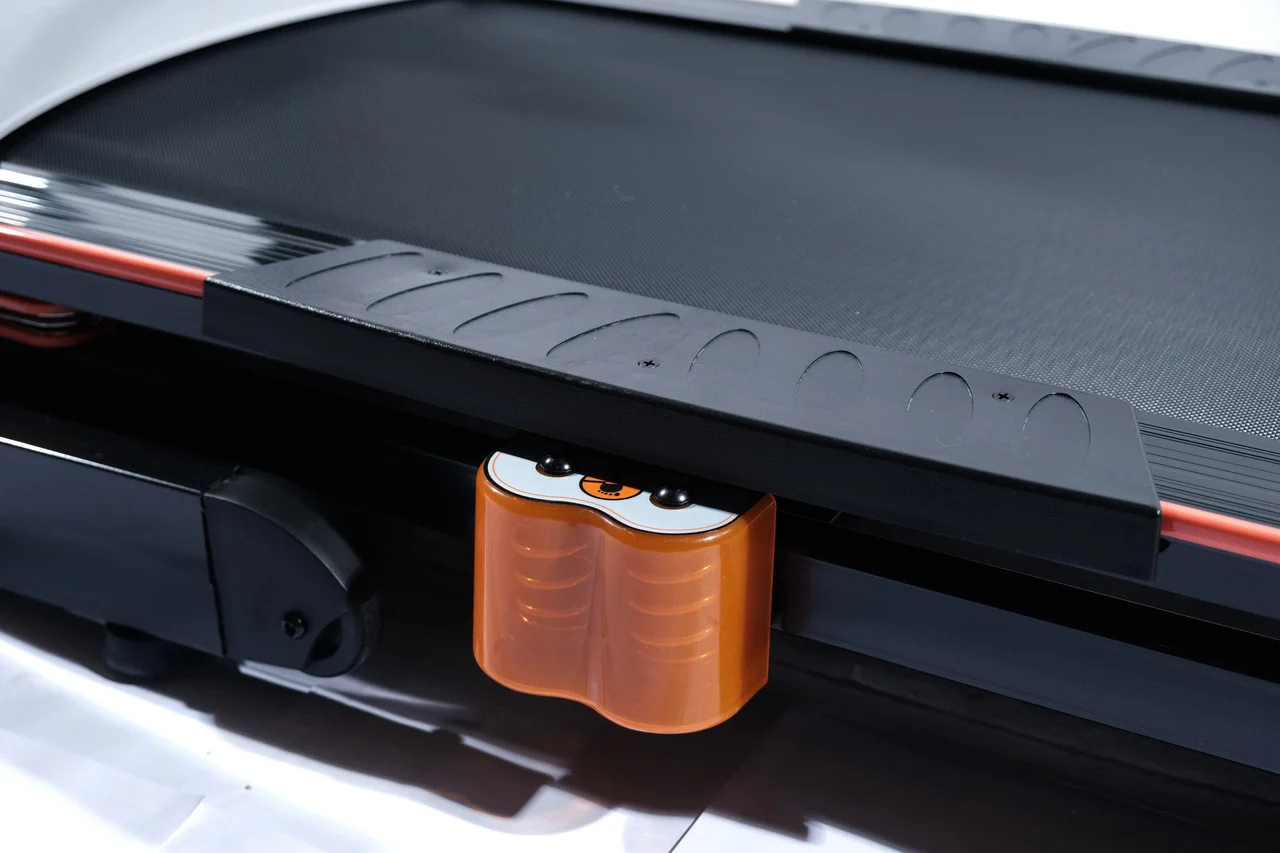
-
Treadmill cushioning
Running on a treadmill is less risky than running on asphalt, thanks to the built-in shock absorption. The load softens and becomes similar to running on the ground.
The deck is responsible for shock absorption of the treadmill - a strong and smooth multi-layer plate under the running belt. This is the motion-responsive base of the treadmill, to which the shock absorbers are attached, and the shock absorbers are attached to the frame of the treadmill around the belt.
Silicone, rubber, spring or air compensator parts with varying degrees of rigidity are built in between the deck and the frame. This complex system absorbs foot impacts.
The recommended thickness, which affects comfort during long runs, is 1.5-2 cm for running training; 2-2.5 cm – for both walking and running.
With hard shock absorption, the leg “flies off”, as it should with the correct running technique, but it also gives the dynamics and economy of running. A more springy system is suitable for walking.
Do not overlook the elasticity of the treadmill when choosing it if it will be used by older people, runners with weak ligaments or those recovering from injuries - the prevention of joint and ligament injuries is especially important for them.
A good deck will make the walkway less noisy. The deck needs to be lubricated every 300 km or 30 hours of operation. Without this, the blade will begin to “stick” and the engine will be damaged.
Treadmill stabilityBefore purchasing, it is a good idea to check not only the noise level, but also the stability of the treadmill. To do this, you again need to run on it, but in general the parameter is estimated by the weight of the simulator itself.
The heavier the treadmill, the more stable it is. This is also a guarantee of smooth running and overall stability of the simulator, so that it does not wobble from side to side and so that the simulator does not “run away” from the installation site.
The height adjusters in the supports of the exercise machine are also responsible for stability - you can tighten them yourself, at the same time smoothing out uneven floors and getting rid of swaying. It is also recommended to place a soft mat under the exercise machine for greater stability.
Treadmill frame
All technical parts of the treadmill are attached to the frame, which is located around the running belt. This is actually the skeleton of the entire structure, and it is on it that runners jump during training, so the frame must be strong.
Treadmill frames are made of steel. These are made for cheaper models. An aluminum frame is usually found in more expensive options, but it is preferable because it is lighter, stiffer, stronger and does not rust over time.
Treadmill training programs
The 3-2-1-2-3 ladder is where you run 3 minutes slow, 2 fast, 2 slow, 1 fast and then repeat the cycle. Focus on your heart rate: 160-170 beats during acceleration, 140 beats at the end of the slow segment.
Gorki. Warm up, then run fast at 2% incline, then 1 minute at 4% incline, 1 minute at 6% incline, 1 minute at 8% incline. After the first series, jog for 5-6 minutes, and then perform the second series. Depending on your preparedness, you can vary the slope and number of series. The second option is minute accelerations with a slope of 7% after 2-3 minutes of rest.
Intervals. Classic fartlek 500 meters fast, 500 meters slow, or 1 km fast, 1 km slow. Or look for your options - for example, 4 minutes fast, 4 minutes jogging.
-


